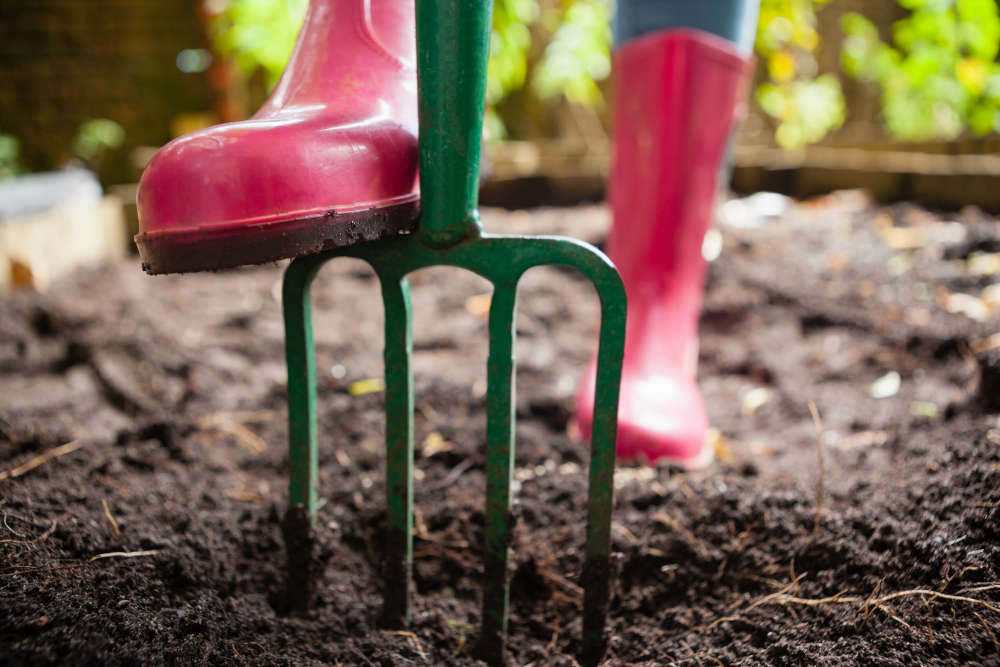
There’s a secret universe right underneath our feet. Welcome to the magical, wonderful world of soil, writes Flo Whitaker.
We cannot exist without soil, yet we take it for granted and treat it badly. Simply put, soil is comprised of ‘unconsolidated’ free-moving particles on our planet’s surface; stones, mineral dust and gases, along with organic plant or animal derived materials, such as decaying leaves, bones and fur.
Living within this is a complex colony of worms, insects, fungi and microbes who consume nutrients throughout their busy lives, but, by their excreta, also add to soil fertility. Their burrowing and tunnelling encourage gases and moisture to pass through soil, allowing plants to absorb nutrients more efficiently, thereby increasing soil fertility – and the cosmic soil cycle turns and churns for millions of years in a harmonious, self-regulatory manner... until we gardeners put a spade in the works.
Soil particles are ‘self-sorting’. Anyone gardening on clay will have dug a hole and observed a few centimetres of dark topsoil; an easily colonised medium, perfect for seed germination and root formation. Then comes a thick layer of nutritious brown clay. All manner of plants utilise this middle space. Roots scramble for moisture and food, while the heavier soil allows anchorage for larger plants and trees. Finally, starting about 30cms down, you’ll find super-sticky clay that’s often yellow, plasticine-like and wringing wet, even in summer. Mother Nature knows the latter is of limited use to plants, so buries it deep, where it helps to conserve moisture and maintain soil stability.
If you read horticultural magazines, you’ll have noticed much interest recently in ‘No Dig’ gardening. This has been championed by the nettle-shirted, weave-your- own-yoghurt brigade for decades, but now has a foothold in mainstream gardening. More by accident than environmental zeal, (increasing age and, frankly, sheer laziness), my borders have become ‘No Dig’, and the results are convincing. Plants need sunlight to photosynthesise – deprive them of light and, eventually, they will die. Even the weediest ground can be tamed. Remove any plants you wish to save, pot them on, or find temporary places in another border. Then, using several layers of cardboard, completely cover the area. And that’s it – there’s no faffing about. Ensure the cardboard edges are weighed down as they have a tendency to lift, allowing light to penetrate. After about a year, the cardboard will have degraded and you’ll have almost clear soil with its intricate structure undamaged.
Stubborn weeds, (remember, they’re just plants in annoying places) will always appear. The trick is to pull them out or cut them away immediately – but curb your inclination to dig, as, apart from destroying soil structure, digging encourages the spread of unwanted seeds and roots. A mulch about 4cms deep applied in spring will add to soil fertility and smother weed seedlings. No dig? It’s a no-brainer.
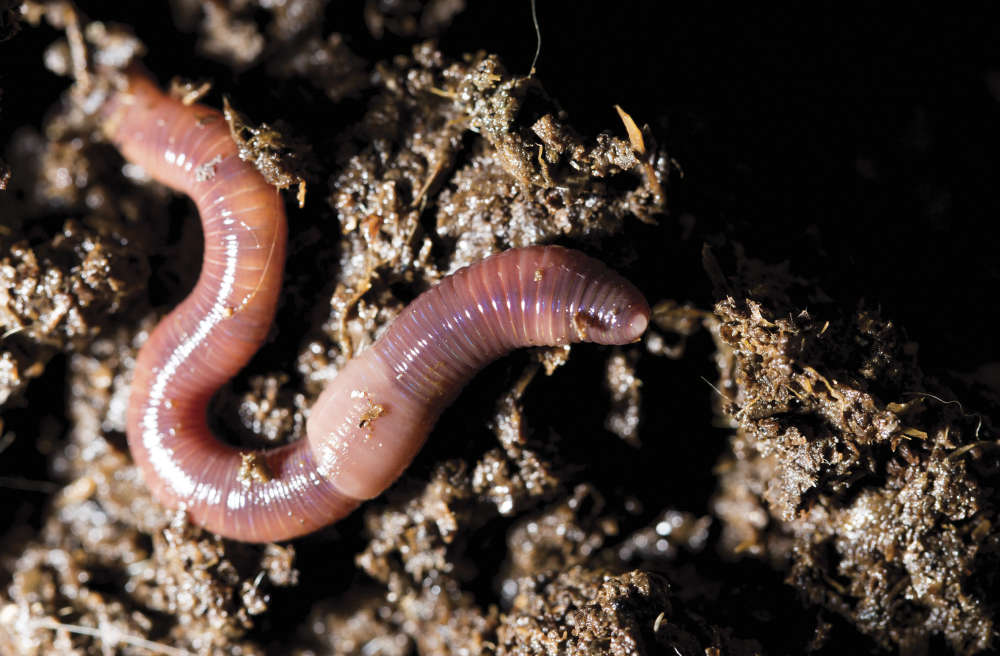

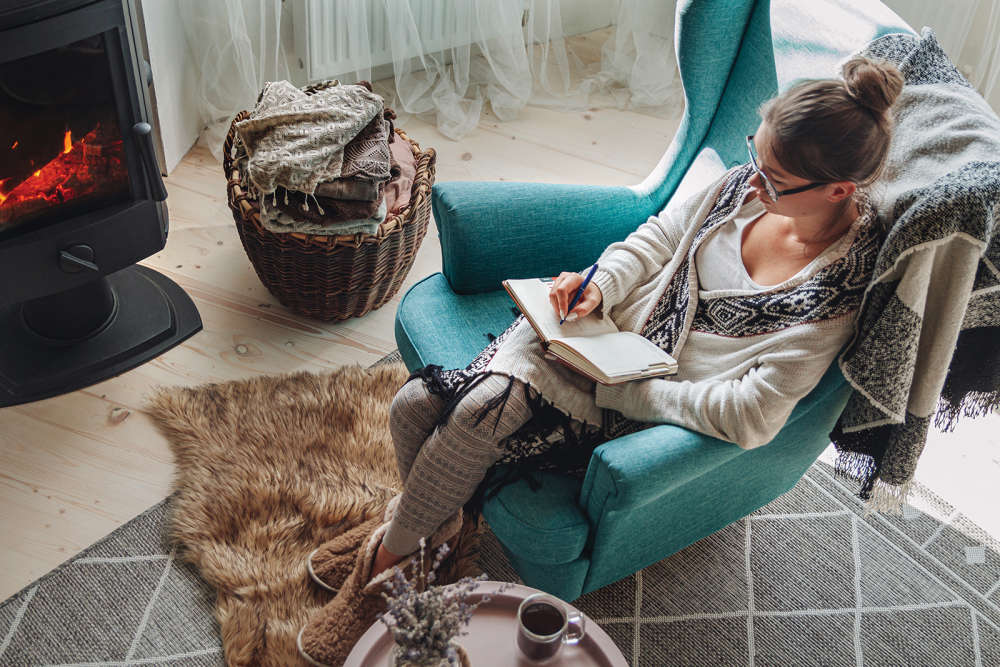 Homes Extra: Home Sanctuary
Homes Extra: Home Sanctuary
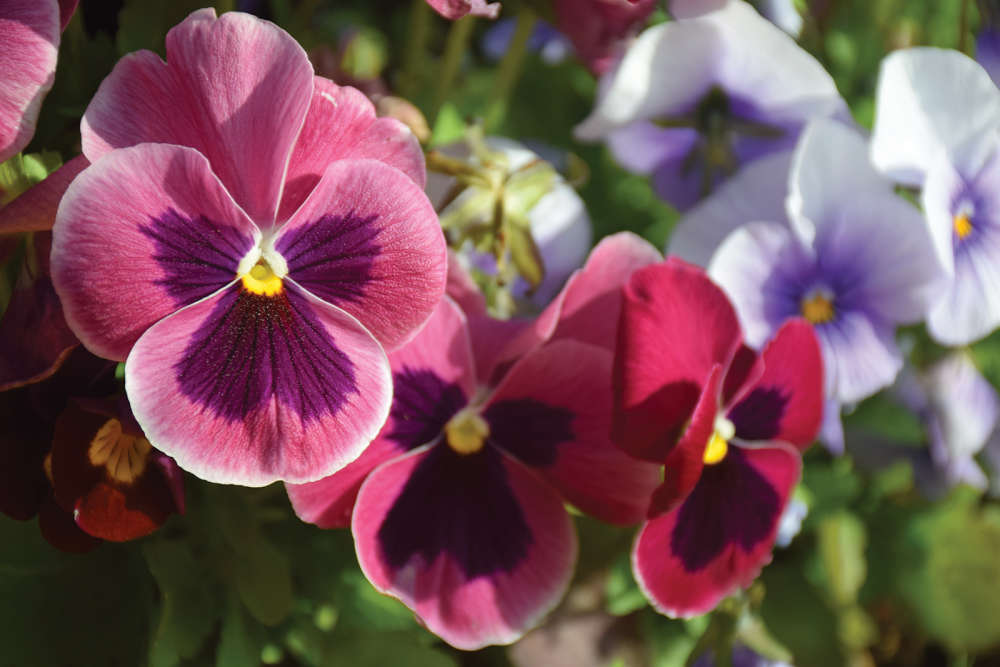 Blooming Times: Happy Faces
Blooming Times: Happy Faces
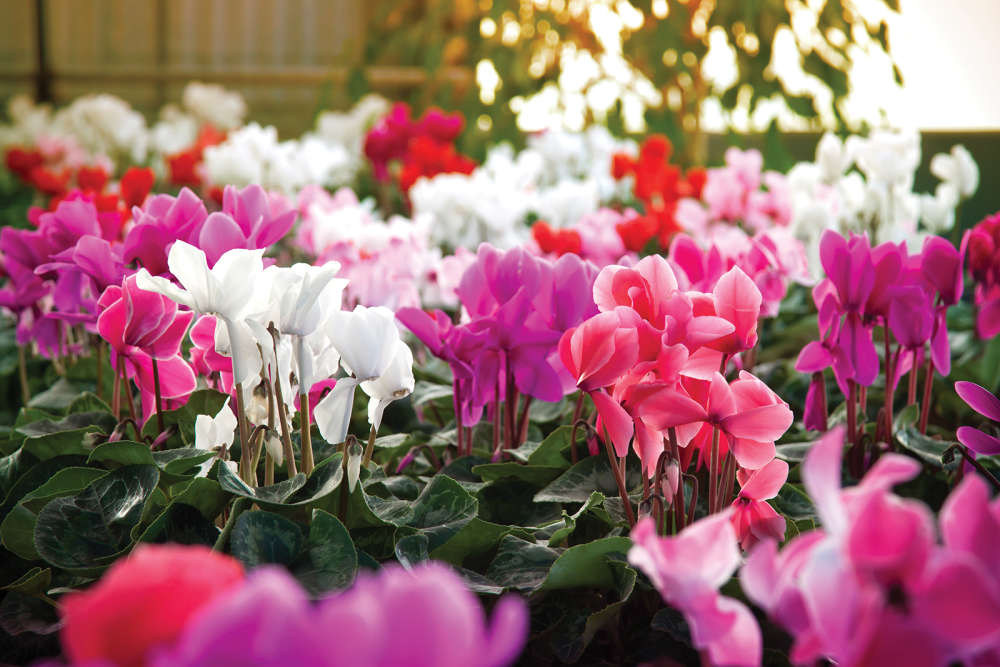 Blooming Times: Winter Sparklers
Blooming Times: Winter Sparklers
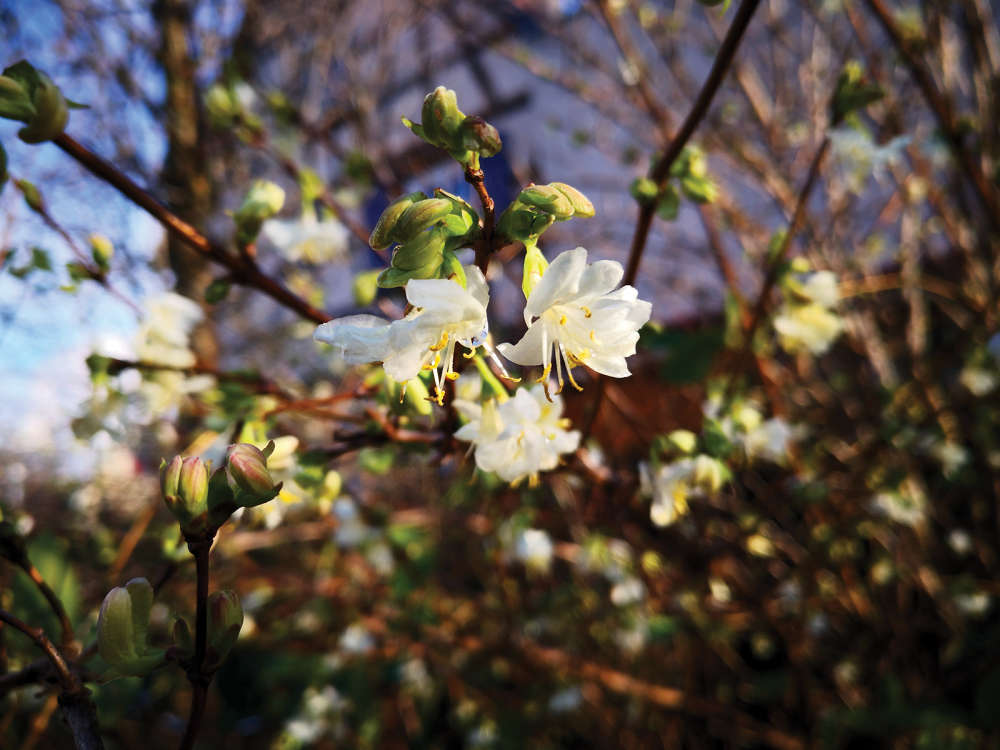 Blooming Times: Winter Wonders
Blooming Times: Winter Wonders
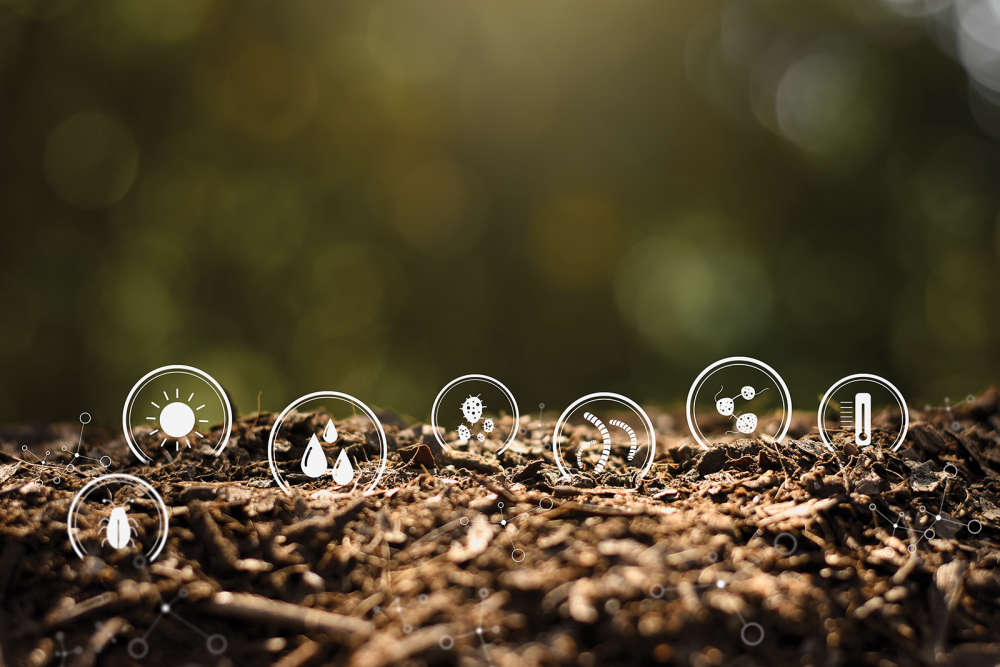 Blooming Times: The Answer Lies in the Soil
Blooming Times: The Answer Lies in the Soil
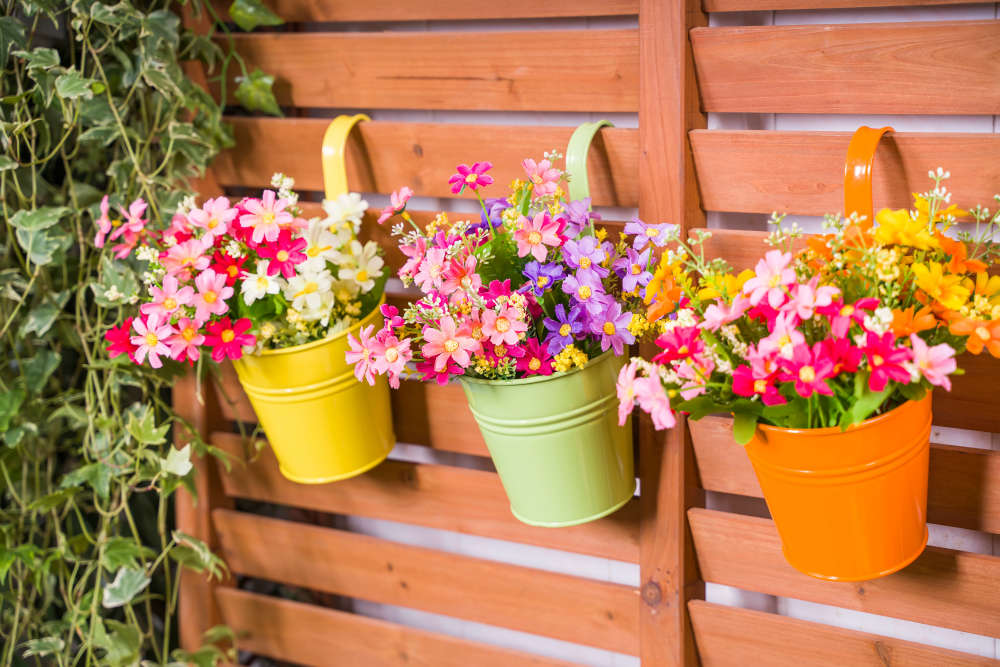 How to Cover Up Shabby Garden Walls and Fences
How to Cover Up Shabby Garden Walls and Fences
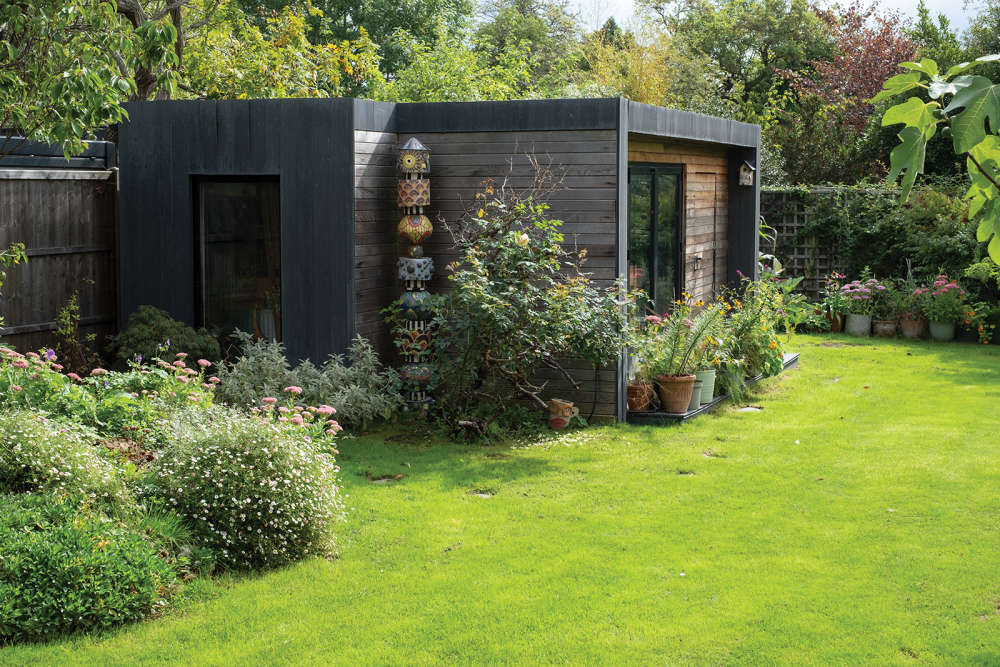 Homes Extra: Shed Space
Homes Extra: Shed Space
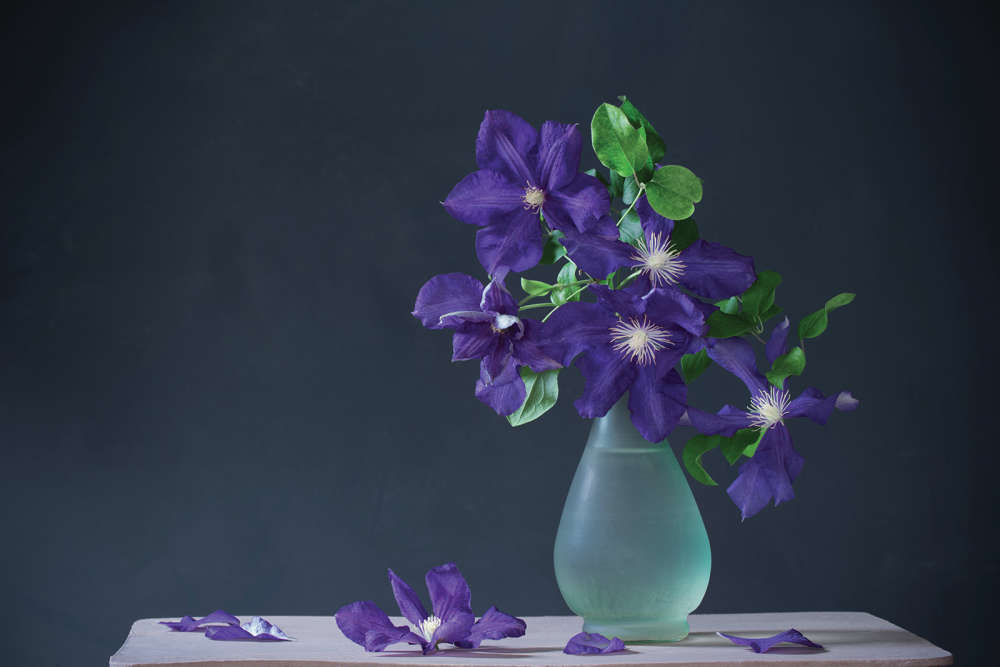 Gardening: Choose a Clematis for Every Month of the Year
Gardening: Choose a Clematis for Every Month of the Year
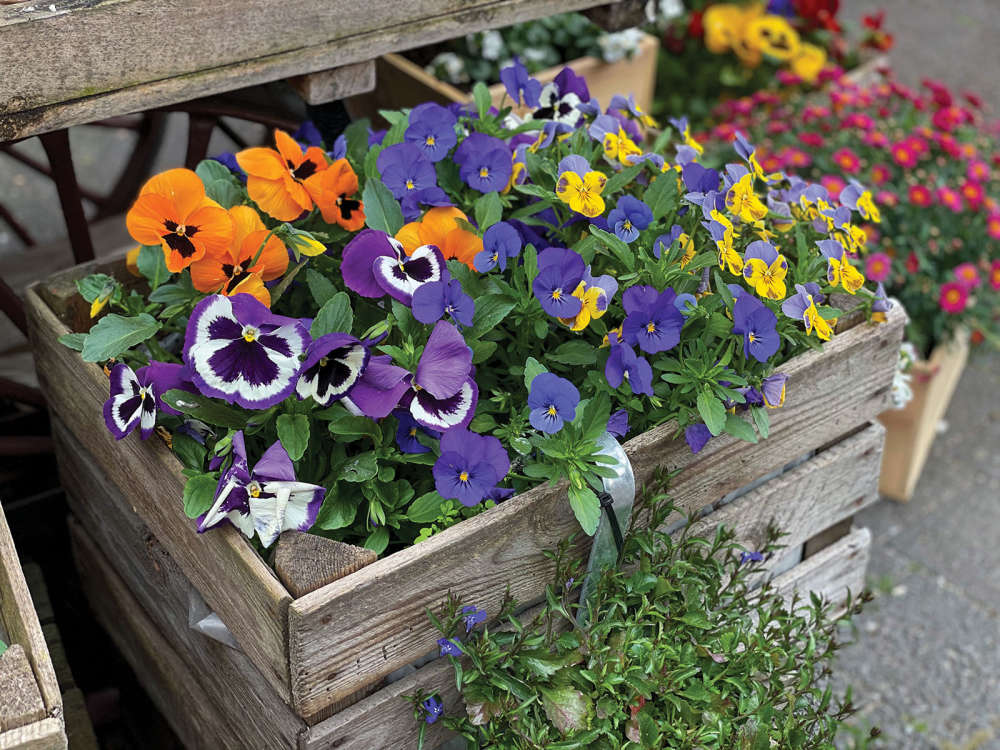 Blooming Times: Top of the Pots
Blooming Times: Top of the Pots
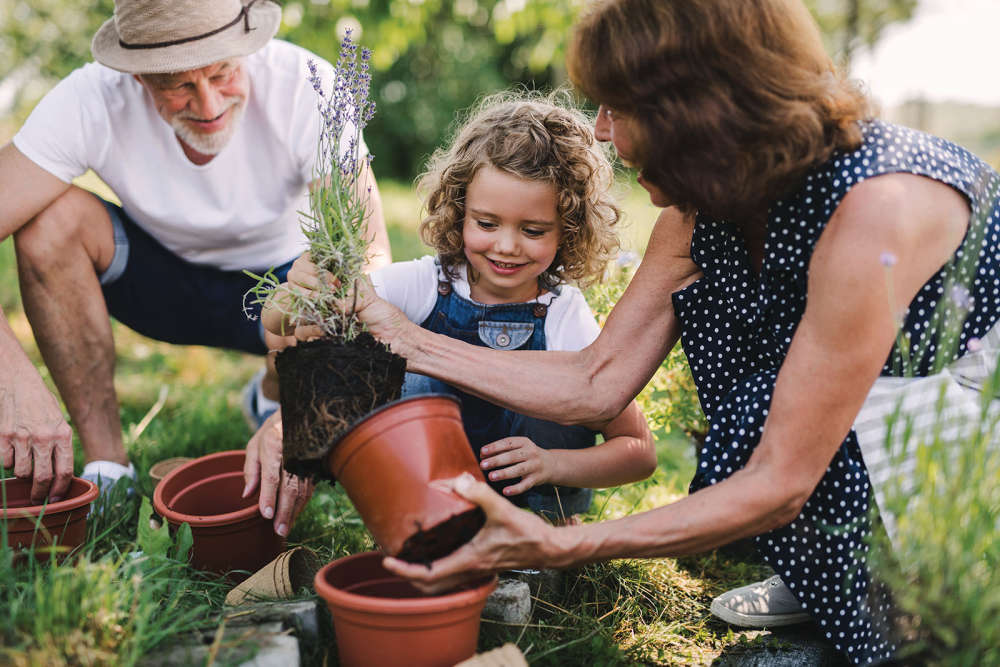 Kids Zone: Get the Kids Growing
Kids Zone: Get the Kids Growing
 Blooming Times: Wisteria Hysteria
Blooming Times: Wisteria Hysteria
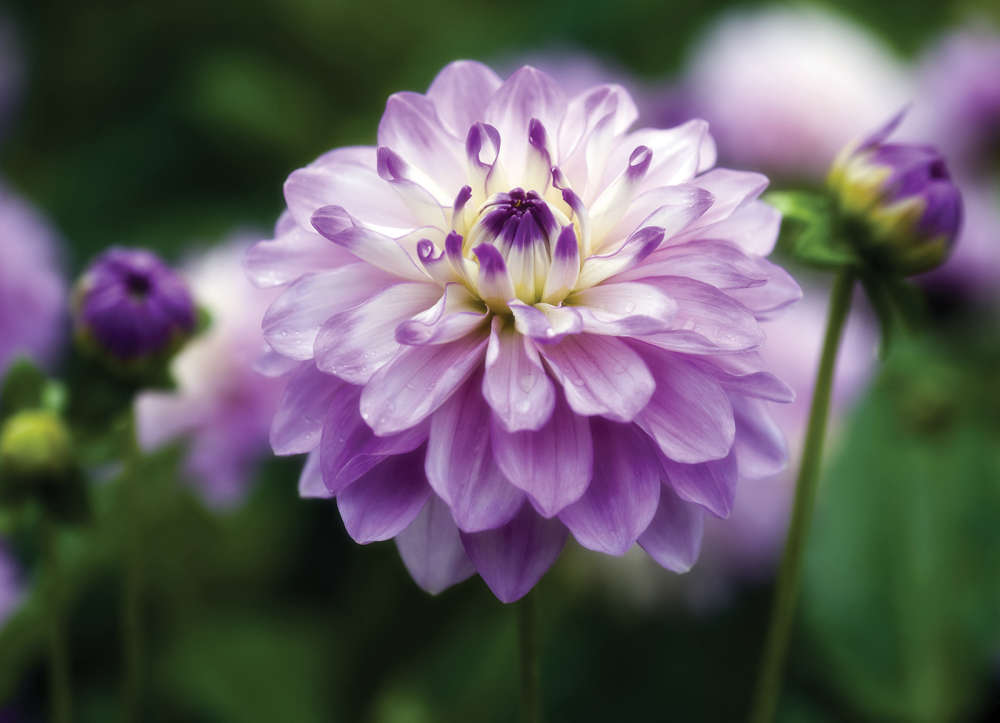 Blooming Times: Dahlia Mania
Blooming Times: Dahlia Mania
 How to Create 3D Walls in Your Home
How to Create 3D Walls in Your Home
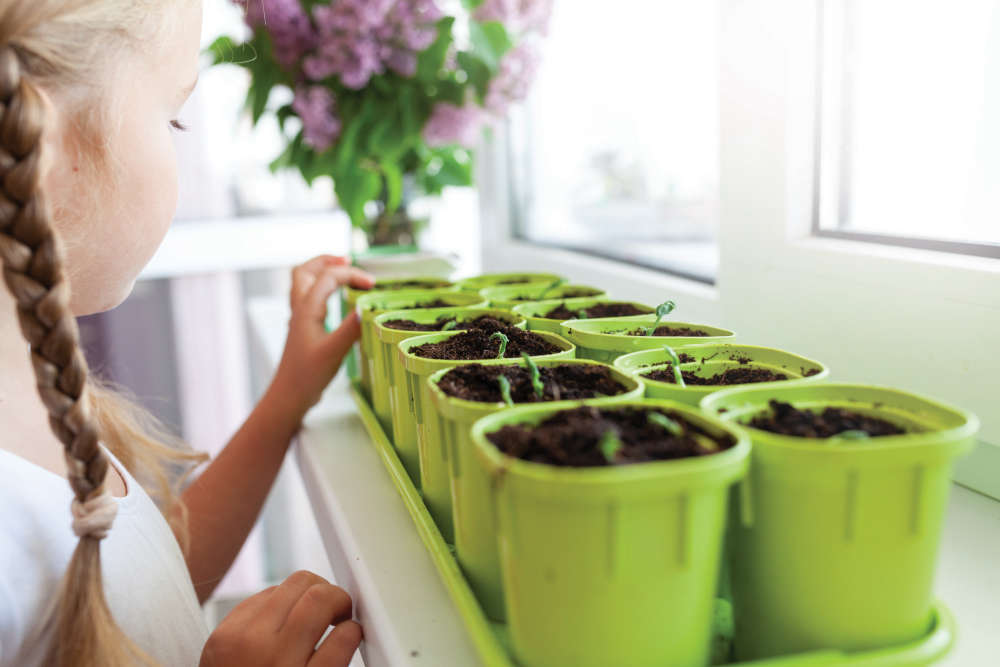 Blooming Times: Spring Fever
Blooming Times: Spring Fever
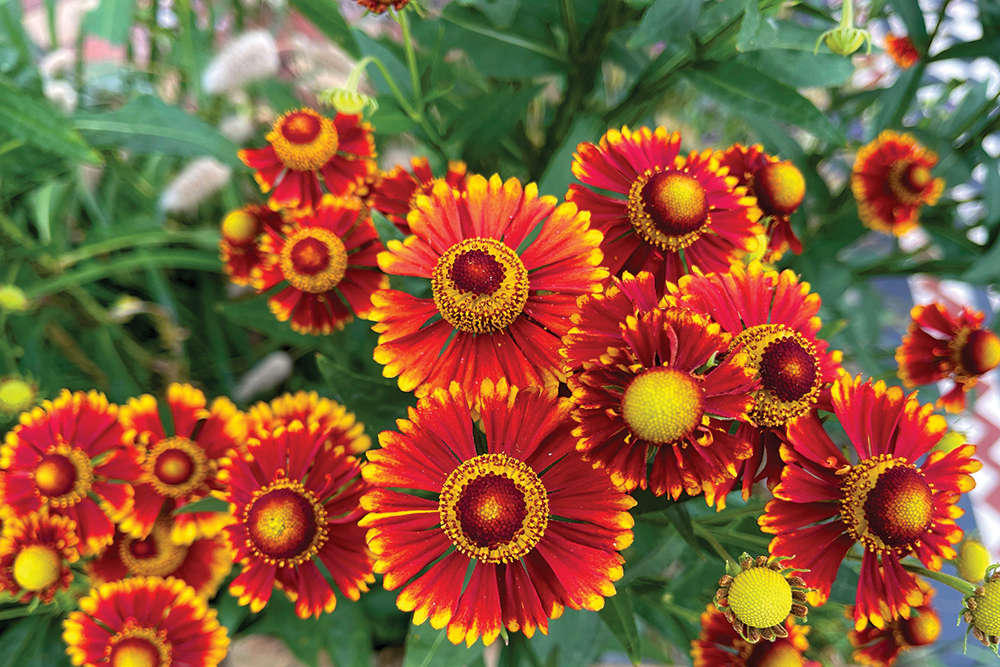 Blooming Times: What's in a Name?
Blooming Times: What's in a Name?
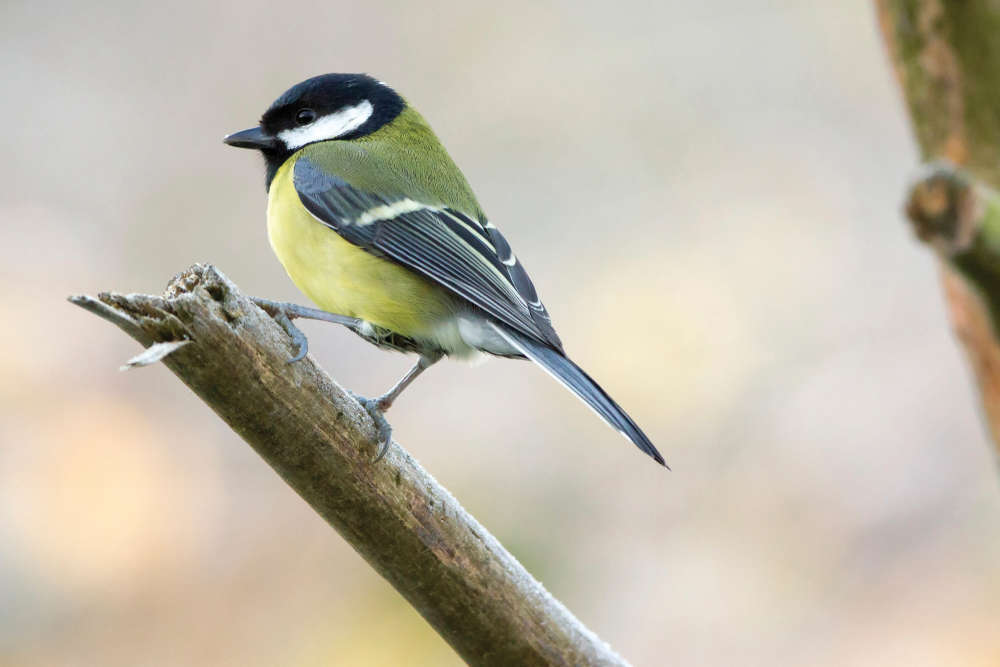 Top 10 Garden Birds to Spot on the Isle of Wight
Top 10 Garden Birds to Spot on the Isle of Wight
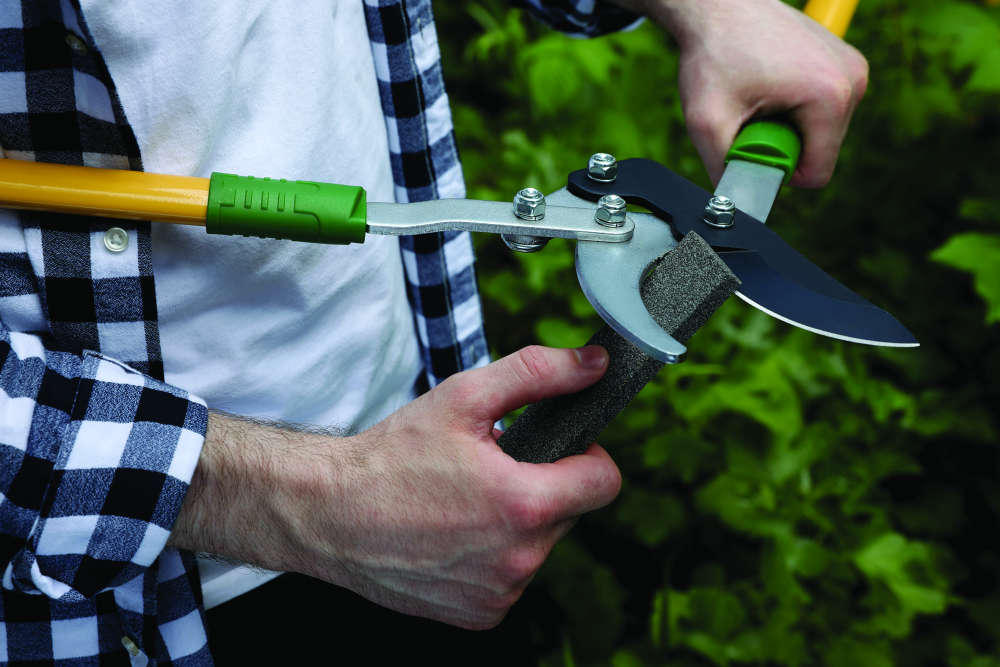 The Best Christmas Gifts for Gardeners
The Best Christmas Gifts for Gardeners
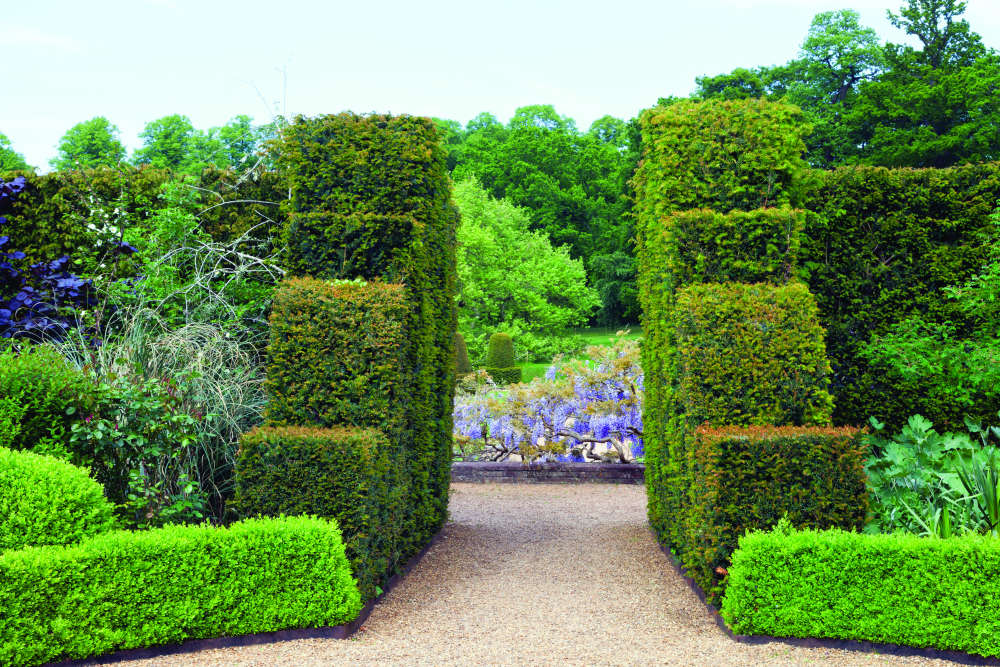 Gardening: The Benefits of Hedges
Gardening: The Benefits of Hedges
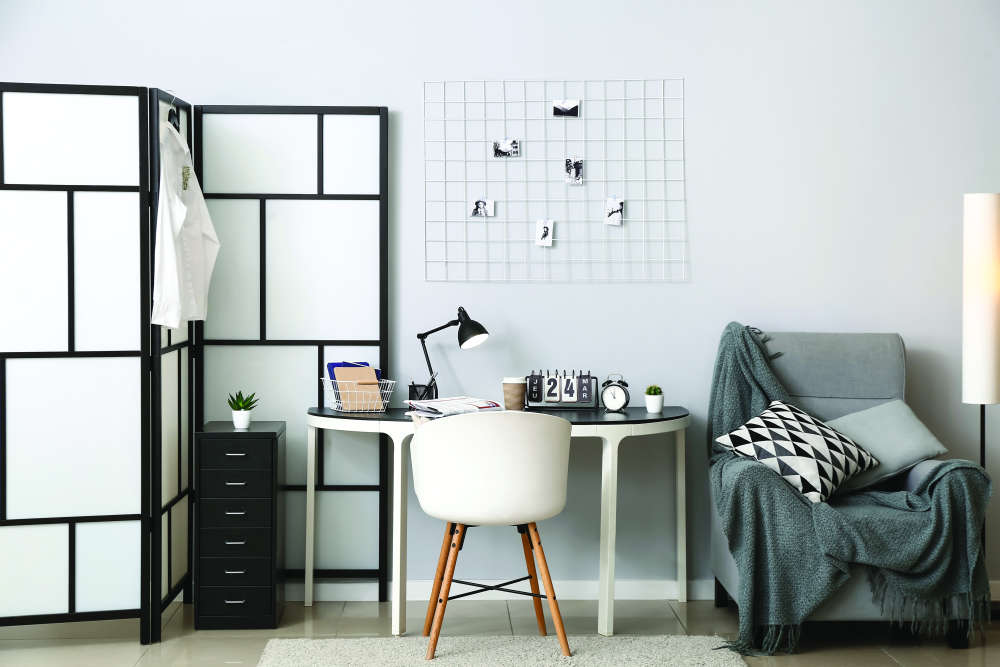 How to Create a Happy Home Workspace
How to Create a Happy Home Workspace
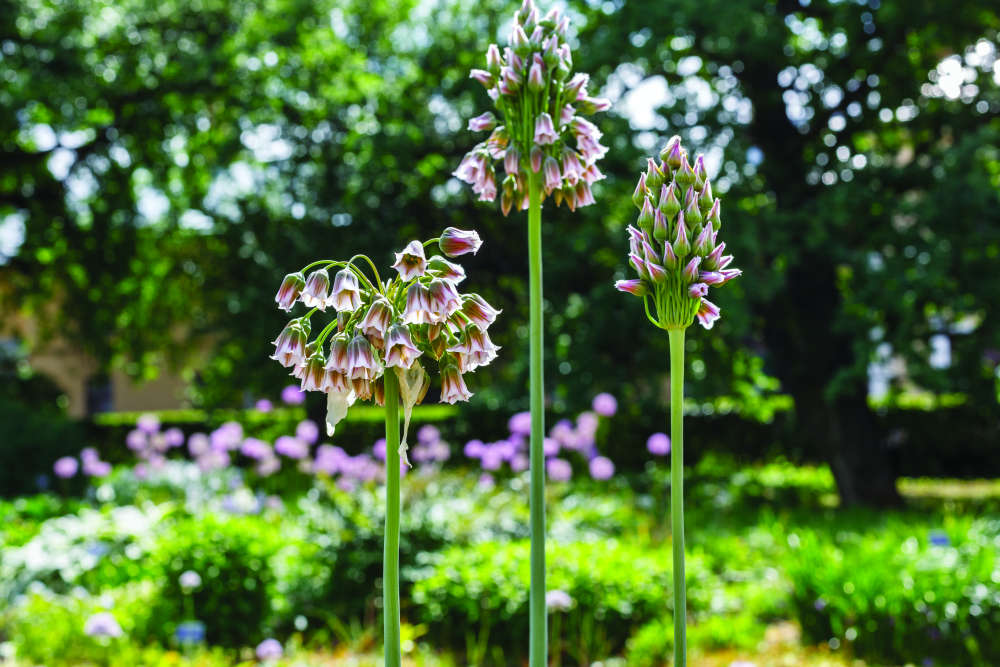 Now's the Time to Plant Alliums for a Spectacular Display Next Year
Now's the Time to Plant Alliums for a Spectacular Display Next Year